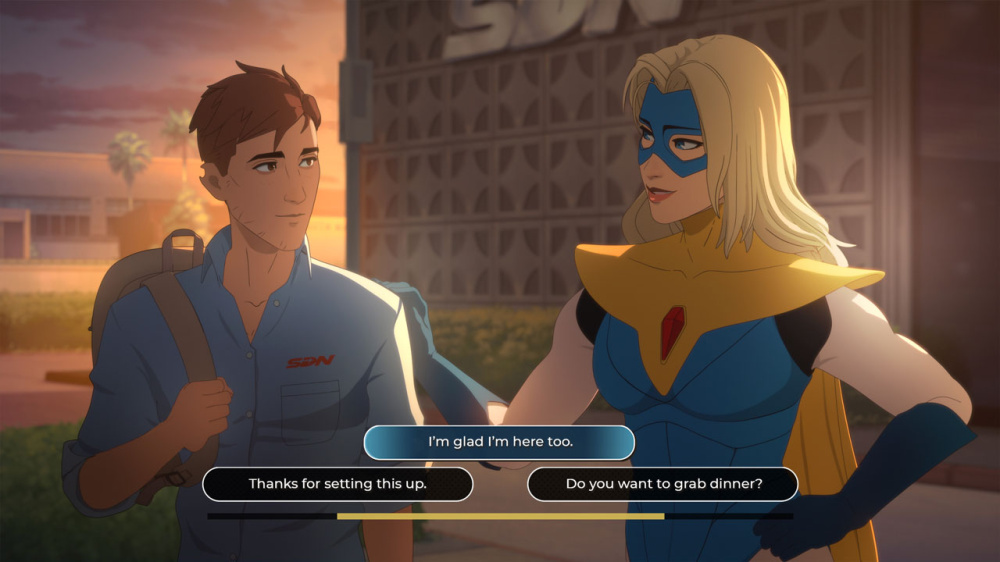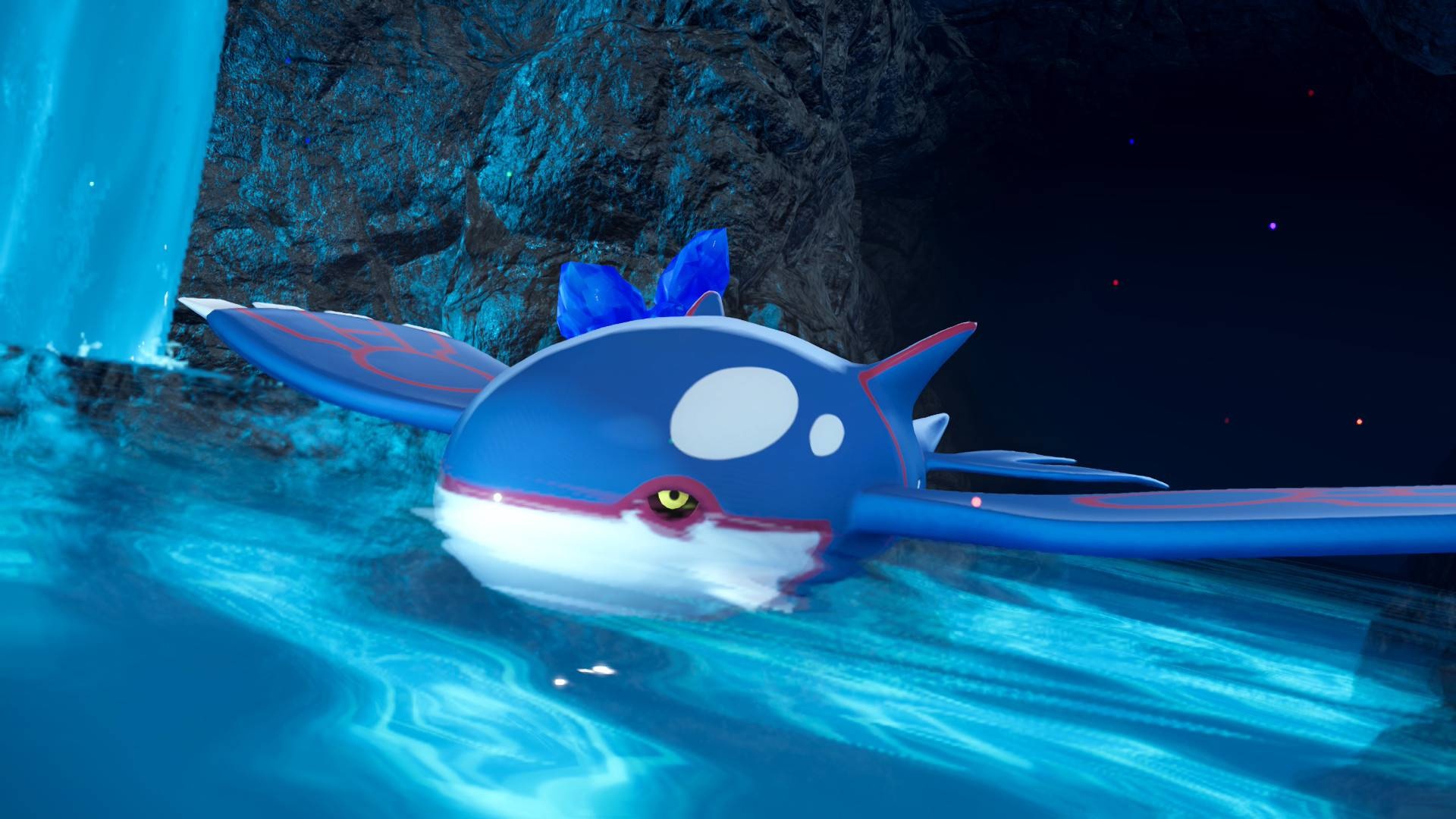For over a decade, Nintendo's Virtual Console has been both a celebration of gaming's past and a lightning rod for heated fan discussion.
Originally launched on the Wii, Virtual Console allowed players to download and revisit classic games from iconic platforms, gradually expanding to Wii U and Nintendo 3DS through their respective eShop services.
Despite occasional criticism around limited selection and pricing, the appetite for accessible retro downloads remains robust, especially when rare or first-time digital releases drop. The year 2016 stood out as a milestone, as the 20th anniversary of Pokémon sparked a surge in Virtual Console activity.
Nintendo released Pokémon Red, Blue, and Yellow for the 3DS Virtual Console, thrilling fans worldwide and driving marketing efforts for the franchise’s major anniversary.
Hardware bundles featuring these releases marked a rare but notable instance where Virtual Console games commanded significant retail presence, highlighting demand for official retro experiences on current hardware. Other high-profile Virtual Console moments include the much-anticipated arrivals of titles like EarthBound and its NES predecessor EarthBound Beginnings.
Early in the 3DS era, the eShop drew attention for its rich lineup of Game Boy, Game Boy Color, and even Game Gear classics.
On Wii U, Nintendo experimented with diverse content such as Game Boy Advance and Nintendo DS titles designed to play seamlessly on the GamePad.
While these adaptations enabled players to enjoy portable classics on modern screens, some fans expressed concerns about the pace and breadth of new releases, especially as third-party publisher participation dwindled compared to the Wii’s heyday, which had included platforms such as the Commodore 64 and a variety of vintage arcade hits. As Virtual Console’s prominence has waned, the service has attracted criticism for its shrinking library and limited third-party contributions—key partners like SEGA, Capcom, and Konami have only contributed select titles in recent years.
Nintendo has shouldered most of the responsibility, with strict quality control and regulatory requirements often contributing to a slow trickle of additions.
Comments from fans frequently cite this slowdown, particularly on the 3DS where new Virtual Console releases have become exceptionally rare. Despite these challenges, downloadable re-releases of classic games have proven successful.
3DS eShop sales charts featured Game Boy and NES titles, and Wii U’s top downloads include notable retro releases such as EarthBound and Metroid Prime Trilogy, the latter surging to the top of the eShop due to strong value and launch promotions.
This underscores the commercial potential when Nintendo adopts aggressive pricing or bundles multiple titles together, offering them at competitive rates to reach broader audiences. Looking forward, the Virtual Console could benefit from revitalized strategies as Nintendo expands into new hardware generations like the Nintendo Switch.
Industry trends suggest that bundles, price reductions, and promotional giveaways—potentially tied to loyalty programs like My Nintendo—could foster a larger, more engaged audience.
Past incentives, such as classic title discounts with new franchise releases or loyalty rewards, have already demonstrated appeal. While a full-scale subscription service akin to PlayStation Plus remains unlikely, enhanced bundling and targeted promotions could drive eShop traffic and introduce new players to Nintendo’s rich history.
As the company adapts its digital storefront for the future, a refreshed Virtual Console model stands as a powerful tool for preserving and celebrating the legacy of gaming, ensuring timeless classics remain accessible for longtime fans and newcomers alike.
Originally launched on the Wii, Virtual Console allowed players to download and revisit classic games from iconic platforms, gradually expanding to Wii U and Nintendo 3DS through their respective eShop services.
Despite occasional criticism around limited selection and pricing, the appetite for accessible retro downloads remains robust, especially when rare or first-time digital releases drop. The year 2016 stood out as a milestone, as the 20th anniversary of Pokémon sparked a surge in Virtual Console activity.
Nintendo released Pokémon Red, Blue, and Yellow for the 3DS Virtual Console, thrilling fans worldwide and driving marketing efforts for the franchise’s major anniversary.
Hardware bundles featuring these releases marked a rare but notable instance where Virtual Console games commanded significant retail presence, highlighting demand for official retro experiences on current hardware. Other high-profile Virtual Console moments include the much-anticipated arrivals of titles like EarthBound and its NES predecessor EarthBound Beginnings.
Early in the 3DS era, the eShop drew attention for its rich lineup of Game Boy, Game Boy Color, and even Game Gear classics.
On Wii U, Nintendo experimented with diverse content such as Game Boy Advance and Nintendo DS titles designed to play seamlessly on the GamePad.
While these adaptations enabled players to enjoy portable classics on modern screens, some fans expressed concerns about the pace and breadth of new releases, especially as third-party publisher participation dwindled compared to the Wii’s heyday, which had included platforms such as the Commodore 64 and a variety of vintage arcade hits. As Virtual Console’s prominence has waned, the service has attracted criticism for its shrinking library and limited third-party contributions—key partners like SEGA, Capcom, and Konami have only contributed select titles in recent years.
Nintendo has shouldered most of the responsibility, with strict quality control and regulatory requirements often contributing to a slow trickle of additions.
Comments from fans frequently cite this slowdown, particularly on the 3DS where new Virtual Console releases have become exceptionally rare. Despite these challenges, downloadable re-releases of classic games have proven successful.
3DS eShop sales charts featured Game Boy and NES titles, and Wii U’s top downloads include notable retro releases such as EarthBound and Metroid Prime Trilogy, the latter surging to the top of the eShop due to strong value and launch promotions.
This underscores the commercial potential when Nintendo adopts aggressive pricing or bundles multiple titles together, offering them at competitive rates to reach broader audiences. Looking forward, the Virtual Console could benefit from revitalized strategies as Nintendo expands into new hardware generations like the Nintendo Switch.
Industry trends suggest that bundles, price reductions, and promotional giveaways—potentially tied to loyalty programs like My Nintendo—could foster a larger, more engaged audience.
Past incentives, such as classic title discounts with new franchise releases or loyalty rewards, have already demonstrated appeal. While a full-scale subscription service akin to PlayStation Plus remains unlikely, enhanced bundling and targeted promotions could drive eShop traffic and introduce new players to Nintendo’s rich history.
As the company adapts its digital storefront for the future, a refreshed Virtual Console model stands as a powerful tool for preserving and celebrating the legacy of gaming, ensuring timeless classics remain accessible for longtime fans and newcomers alike.






